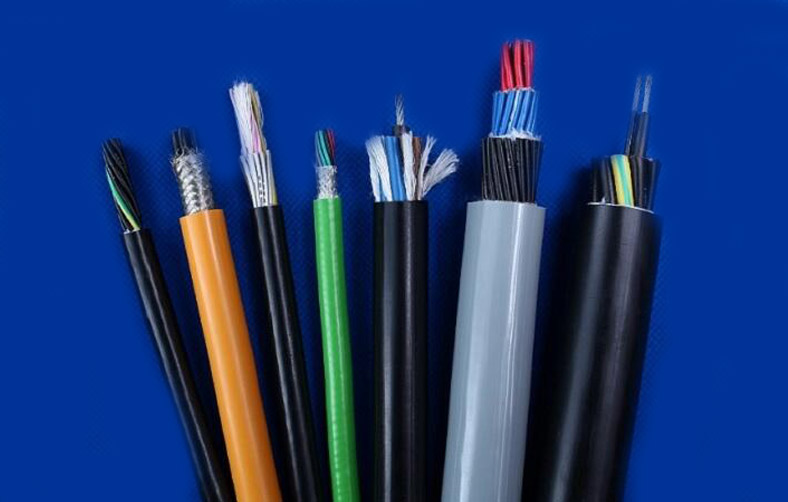
How to choose aluminum alloy cables

When selecting aluminum alloy cables, multiple factors need to be considered comprehensively to ensure their safety, reliability, and economy. The following are the key points for selecting aluminum alloy cables:
1. Clearly define the usage scenarios and requirements Voltage level: Confirm whether it is used for low voltage (such as 0.6/1kV), medium voltage, or high voltage systems. Laying environment: indoor, outdoor, underground, underwater, tunnel or special environments such as corrosive, high temperature, flammable and explosive? This determines the sheath material (such as polyvinyl chloride PVC, polyethylene PE, low smoke halogen-free LSZH) and protection level (such as armor) of the cable. Installation method: bridge, conduit, direct burial or overhead? Different installation methods have different requirements for the mechanical strength and bending radius of cables. Current carrying capacity requirement: Select the appropriate conductor cross-sectional area based on the magnitude of the load current. Note that the conductivity of aluminum alloy is about 61% of that of copper, so under the same current carrying capacity, the cross-section of aluminum alloy cables is usually one or more specifications larger than that of copper cables.
2. Certification and Standards National standards: Ensure that the product complies with Chinese national standards, such as GB/T 12706 (extruded insulated power cables and accessories with rated voltage from 1kV (Um=1.2kV) to 35kV (Um=40.5kV)) and GB/T 29920 (aluminum alloy core cross-linked polyethylene insulated polyvinyl chloride sheathed power cables with rated voltage of 0.6/1kV). Industry certification: Check whether there is CCC certification (China Compulsory Certification), which is the basic threshold for entering the Chinese market. International standards: If the project has international requirements, attention can be paid to whether it complies with IEC, ASTM and other standards.
3. Conductor quality Material purity: High quality aluminum alloy cables should use standard 8000 series aluminum alloy conductors (such as AA-8030), which have good creep resistance, corrosion resistance, and connection performance. Conductor structure: Check whether the conductor is tightly pressed, whether the surface is smooth without burrs, oxidation or damage. Tight pressed conductors can reduce voids, improve filling rate and current carrying capacity. Sectional area: Choose strictly according to design requirements and do not substitute small for large. Pay attention to distinguishing between nominal cross-section and actual cross-section.